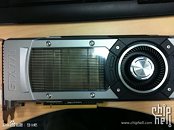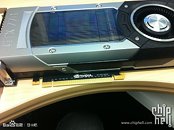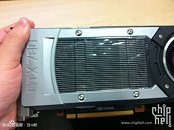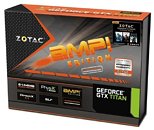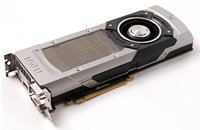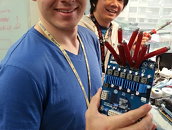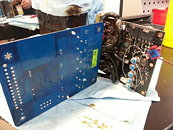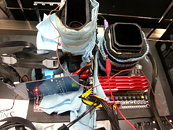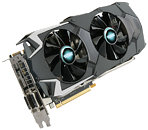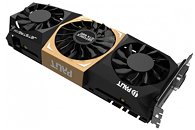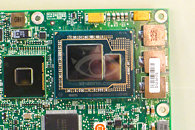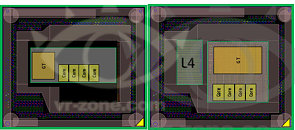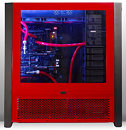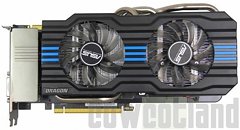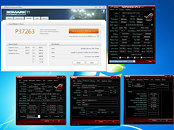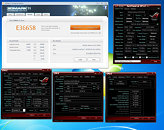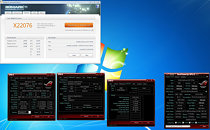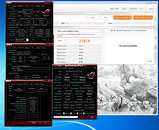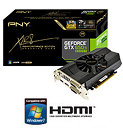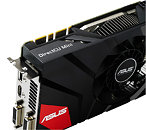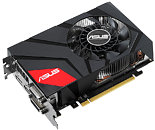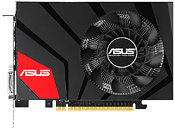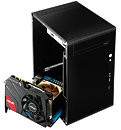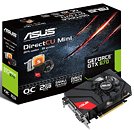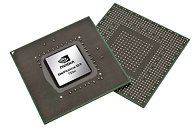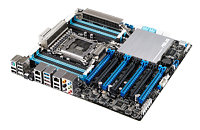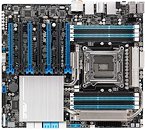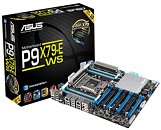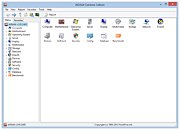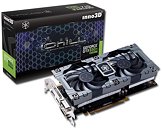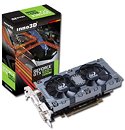
Are These GeForce GTX 780 and GeForce GTX 770?
NVIDIA's next-generation GPU family is not far away. We're hearing that new product-launches from the GPU giant could be just weeks away, and within this month. It's only natural that some of these cards could pass through leaky pipes, much to our benefit. One such source in China posted pictures of what he claims to be NVIDIA-reference design GeForce GTX 780 and GeForce GTX 770. Both cards feature a design not unlike the $1000 GeForce GTX TITAN. In fact they look identical. It's not the questionable embossing on the cooler shrouds that caught our attention, it's the subtle differences near the PCI-Express interface - location of PCB number, arrangement of termination resistors, etc., that did, and so we're rating this leak highly plausible.
We know from a previous report that GeForce GTX 780 will be positioned a notch below the GeForce GTX TITAN, in NVIDIA's product stack. It could be based on the same GK110 silicon, and could feature 2,496 CUDA cores, and a 320-bit wide GDDR5 memory interface, holding 5 GB of memory. It won't surprise us if NVIDIA completely recycles the GTX TITAN PCB, as it doesn't particularly have an over-the-top selection of components, apart from the GPU. The GeForce GTX 770 is a different beast altogether. It is based on a GPU not unlike the GK104, with 1,536 CUDA cores, and a 256-bit wide GDDR5 memory interface, holding 4 GB of memory. To sweeten the prospect of upgrading to these new cards, NVIDIA is dropping in the same sexy magnesium alloy-based cooling solution it used on $1000 cards such as the GTX TITAN and GTX 690.
We know from a previous report that GeForce GTX 780 will be positioned a notch below the GeForce GTX TITAN, in NVIDIA's product stack. It could be based on the same GK110 silicon, and could feature 2,496 CUDA cores, and a 320-bit wide GDDR5 memory interface, holding 5 GB of memory. It won't surprise us if NVIDIA completely recycles the GTX TITAN PCB, as it doesn't particularly have an over-the-top selection of components, apart from the GPU. The GeForce GTX 770 is a different beast altogether. It is based on a GPU not unlike the GK104, with 1,536 CUDA cores, and a 256-bit wide GDDR5 memory interface, holding 4 GB of memory. To sweeten the prospect of upgrading to these new cards, NVIDIA is dropping in the same sexy magnesium alloy-based cooling solution it used on $1000 cards such as the GTX TITAN and GTX 690.
